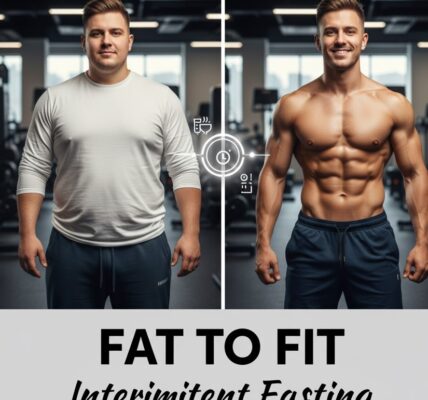Obesity is no longer just a personal challenge—it’s a global health crisis that touches millions of lives in the USA and the UK every single day. Breaking the obesity cycle is not only possible but already happening, as countless people are discovering proven methods to reclaim their health.
In this in‑depth guide, you’ll learn exactly why obesity has become so widespread, the hidden risks it carries, and most importantly, the powerful steps you can take to reverse it. By the end, you’ll have a clear action plan that millions are using successfully—and you’ll feel inspired to start today.

Breaking the Obesity Cycle in the USA and UK: Why It Mattersof Obesity in the USA and UK
Over the last decade, obesity rates have climbed sharply. For example, recent reports show that over 40% of adults in the United States are classified as obese. Meanwhile, the UK has one of the highest obesity rates in Europe, with one in four adults affected.
Why is this happening?
- Larger portion sizes and ultra‑processed foods
- Sedentary lifestyles with increased screen time
- Stress and lack of sleep leading to hormonal imbalance
- Marketing of high‑calorie, low‑nutrition products
As a result, many people consume far more calories than they burn, often without realizing it.
⚠️ The Hidden Risks You Can’t Ignore:Key Risks That Keep the Obesity Cycle Going
Obesity is about more than body weight. It can quietly lead to:
- Type 2 diabetes
- Heart disease
- Joint problems
- Anxiety and low self‑esteem
Moreover, these risks don’t just affect adults—children and teens are increasingly affected, which makes breaking the cycle even more urgent.
💡 Breaking the Obesity : 10 Proven Steps for Breaking the Obesity Cycle
Here’s where things get exciting. Around the world, people are adopting science-backed habits that genuinely work. Below are 10 actionable steps that are helping millions reverse obesity.
✅ 1. Portion Control: A Core Step in Breaking the Obesity Cycle
Swap packaged snacks for fresh fruits, vegetables, and lean proteins.
For instance, trade sugary breakfast cereals for overnight oats topped with berries.
✅ 2. Control Portion Sizes Without Feeling Deprived
Use smaller plates and mindfully serve meals
Therefore, you eat less while still feeling satisfied.
✅ 3. Daily Activity That Supports Obesity Reversal
You don’t need hours at the gym. A brisk walk after lunch or light strength training at home works wonders.
In addition, regular movement boosts mood and metabolism.
✅ 4. Hydrate Intentionally
Many confuse thirst with hunger.
As a result, drinking enough water can naturally reduce unnecessary snacking.
✅ 5. Build Sleep Into Your Weight Strategy
Lack of sleep disrupts hunger hormones.
Meanwhile, prioritizing 7–9 hours of rest helps control cravings.
✅ 6. Track Progress With Small Wins
Keep a simple journal or app record of meals and movement.
Moreover, celebrating small wins keeps you motivated for the long haul.
✅ 7. Replace Sugary Drinks With Healthier Options
Switch soda for sparkling water with lemon.
Consequently, you cut hundreds of empty calories every week.
✅ 8. Surround Yourself With Support
Join a local wellness group or an online community.
For example, Facebook groups dedicated to weight management often provide daily encouragement.
✅ 9. Plan Ahead for Eating Out
Check menus in advance and pick healthier options.
In addition, this helps avoid impulsive choices that derail progress.
✅ 10. Get Professional Help When Needed
Sometimes a dietitian or doctor is essential for personalized plans.
For more guidance, visit the NHS Weight Loss Plan or the CDC’s Adult Nutrition Guidelines.
Link to your “Healthy Lunchbox Ideas” post where relevant.
✨ Final Thoughts on Breaking the Obesity Cycle
In conclusion, breaking the obesity cycle isn’t about quick fixes—it’s about steady, life‑enhancing changes. Millions of people in the USA and UK are already proving that transformation is possible.
Ultimately, each small step—whether it’s choosing whole foods, walking after dinner, or sleeping better—creates a ripple effect. Start today, and soon you’ll be part of the growing movement of people breaking free from the obesity cycle.



888starz iphone eg 888starz iphone eg .